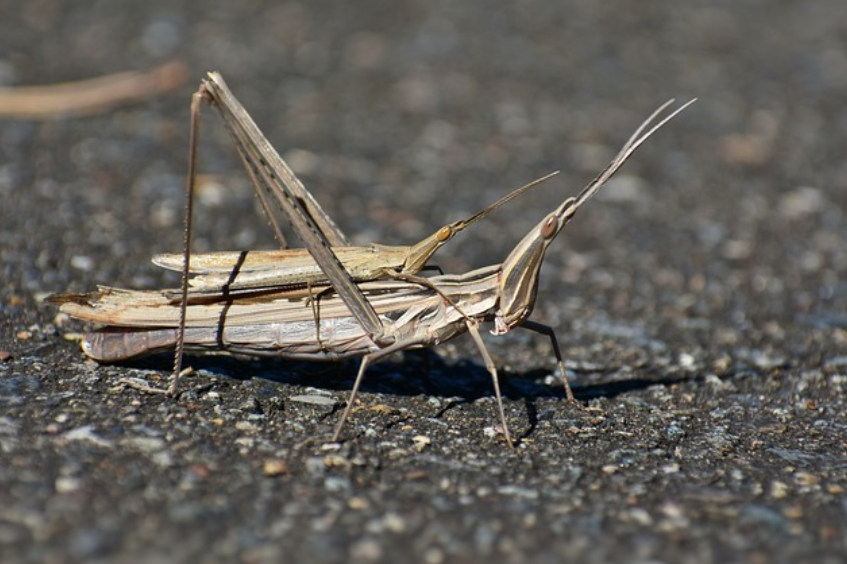Un equipo de investigadores de la Universidad de Washington en Missouri está intentando convertir langostas en cyborgs. Por ahora, este enfoque sólo funciona en entornos de laboratorio cerrados y no en escenarios del mundo real. Sin embargo se prevé que algún día conducirá a la creación de pequeños enjambres de langostas mejoradas que podrán detectar problemas médicos, ayudar en misiones de búsqueda y rescate o localizar explosivos.
A team of researchers from Washington University in Missouri is attempting to turn locusts into cyborgs.
To accomplish this, the team, attempting to leverage locusts’ sense of smell by recording the signals of electrodes attached to their brains, injected infrared-sensitive nanoparticles into the locusts’ brains.
“Approaches to read-out information from biological systems, especially neural signals, tend to be suboptimal due to the number of electrodes that can be used and where these can be placed,” the researchers explained. “By harnessing the photothermal properties of nanostructures…we show that the odor-evoked response from the interrogated regions of the insect olfactory system can not only be enhanced but can also improve odor identification.”
The researchers noted that additives, which are composed of a silicon shell-encased protein core, were initially injected with octopamine — a neurotransmitter that is related to an insect’s “fight or flight” instinct. The team determined that when the nanoparticles were exposed to infrared laser light, they emitted chemicals that increased brain activity associated with a locust’s olfactory senses — thus making it easier for scientists to locate that specific neural activity, and employ the electrodes to identify chemicals in a lab test.
For now, this approach only works in closed laboratory settings and not in real-world scenarios. However, the researchers envision that one day it will lead to the creation of small swarms of cyborg-enhanced locusts that can detect medical issues in humans, assist in search and rescue missions, or locate explosives or environmental contaminants.
The research appears in the article, “Augmenting insect olfaction performance through nano-neuromodulation,” which appears in the journal Nature Nanomaterials.
Fuente: https://insights.globalspec.com


